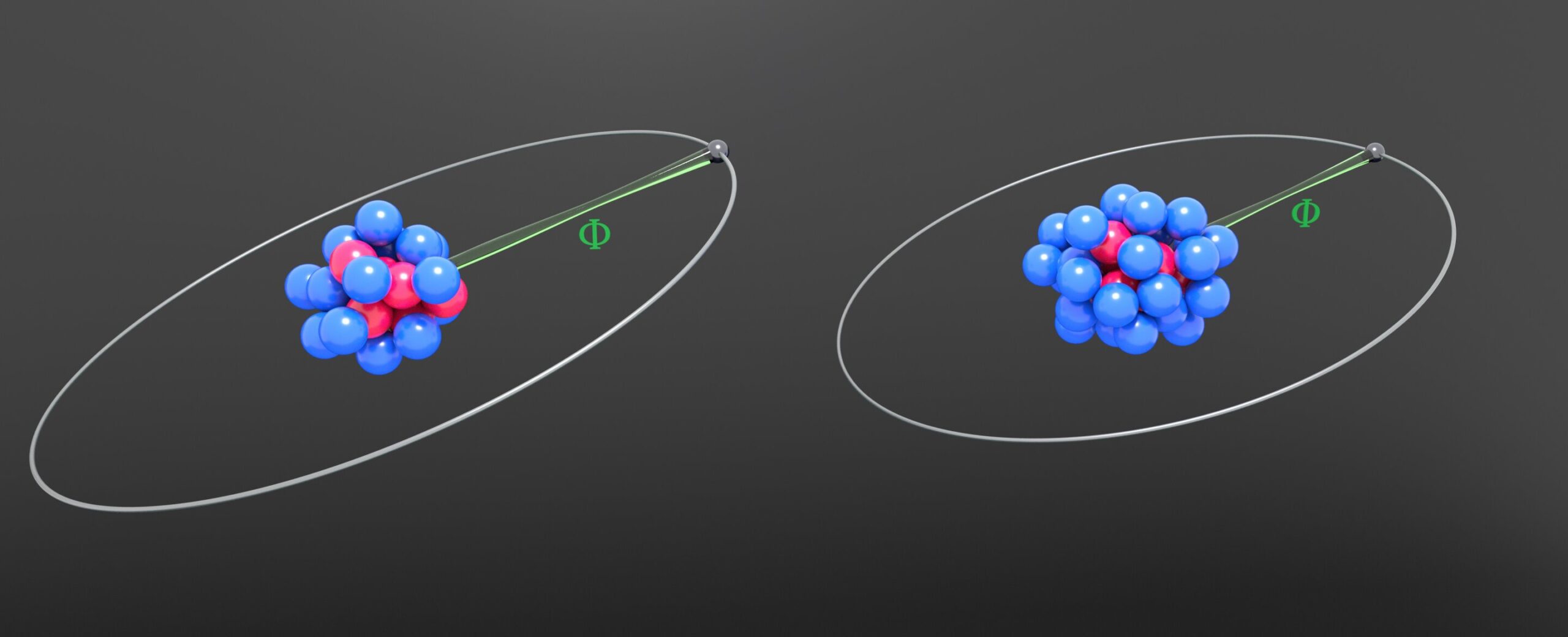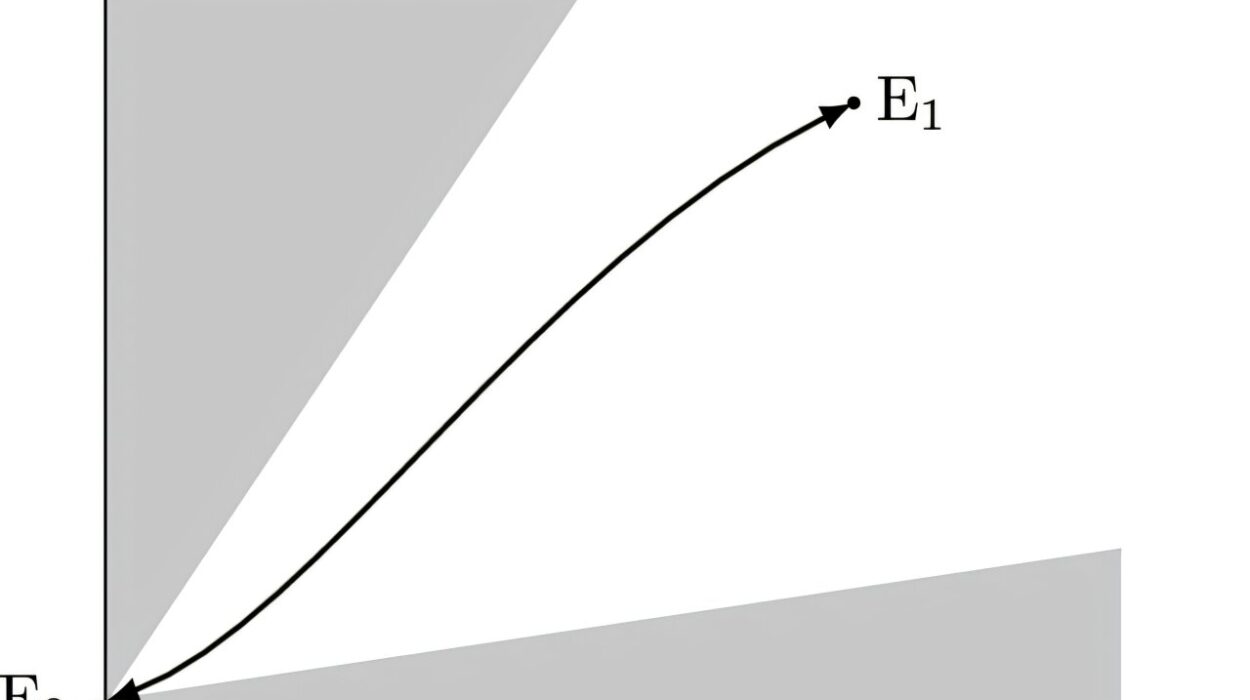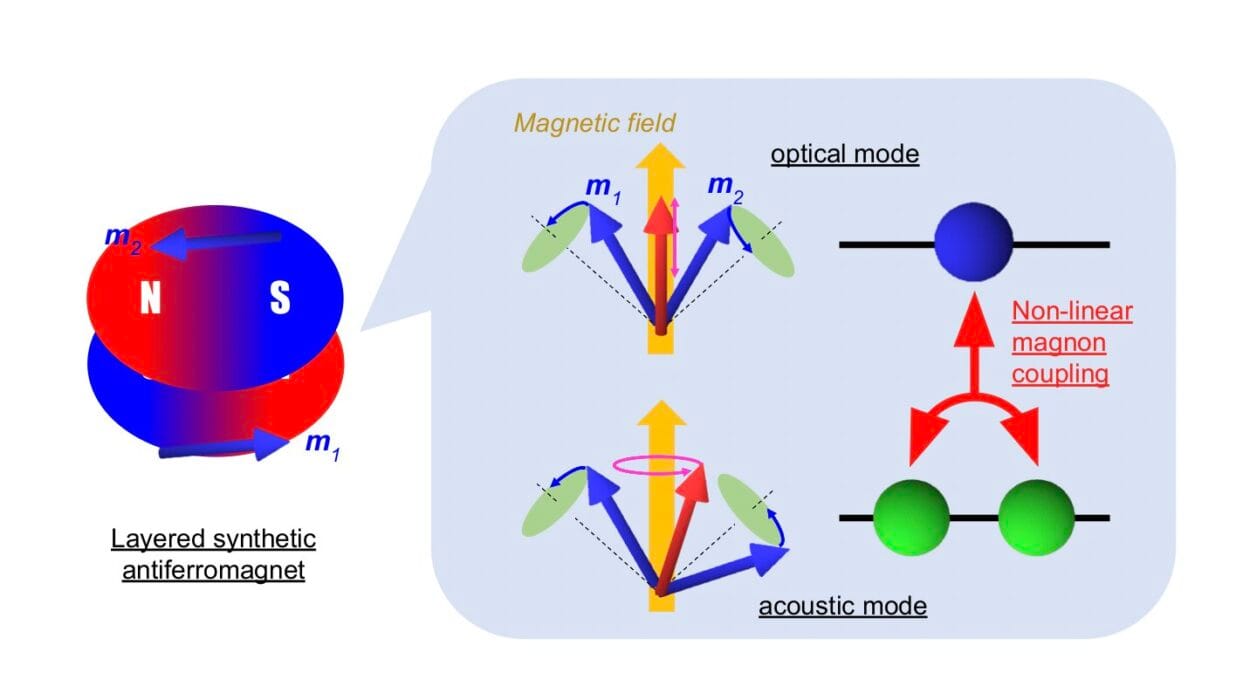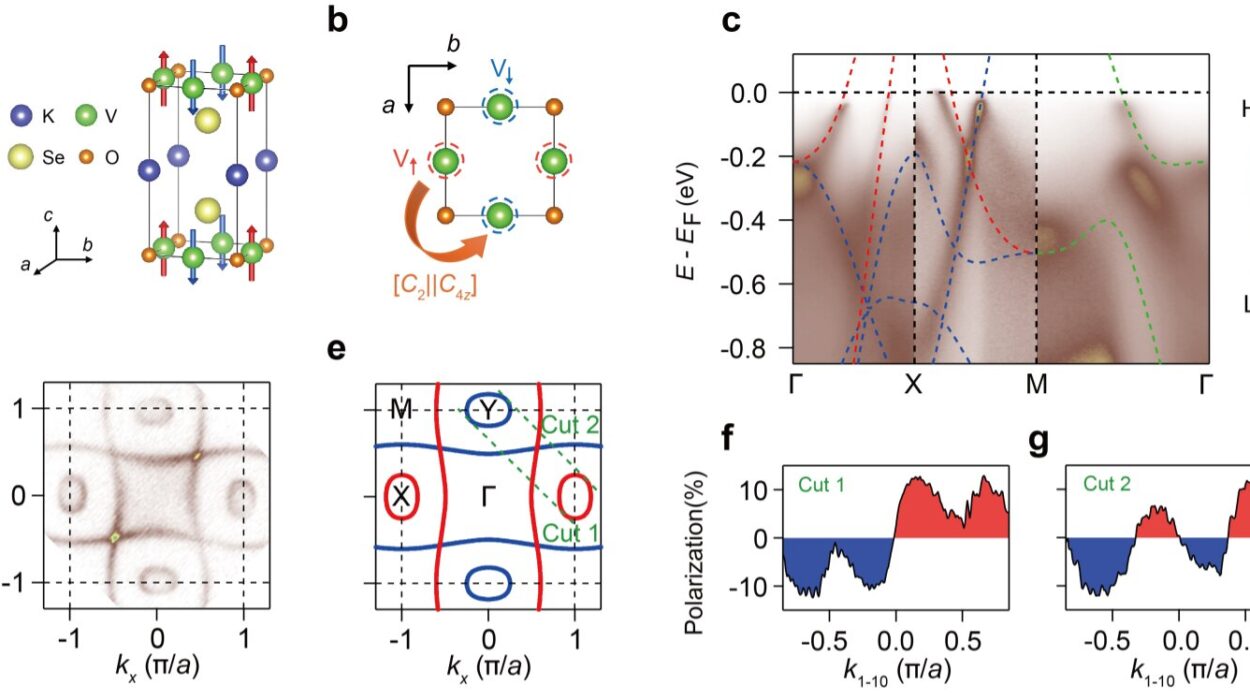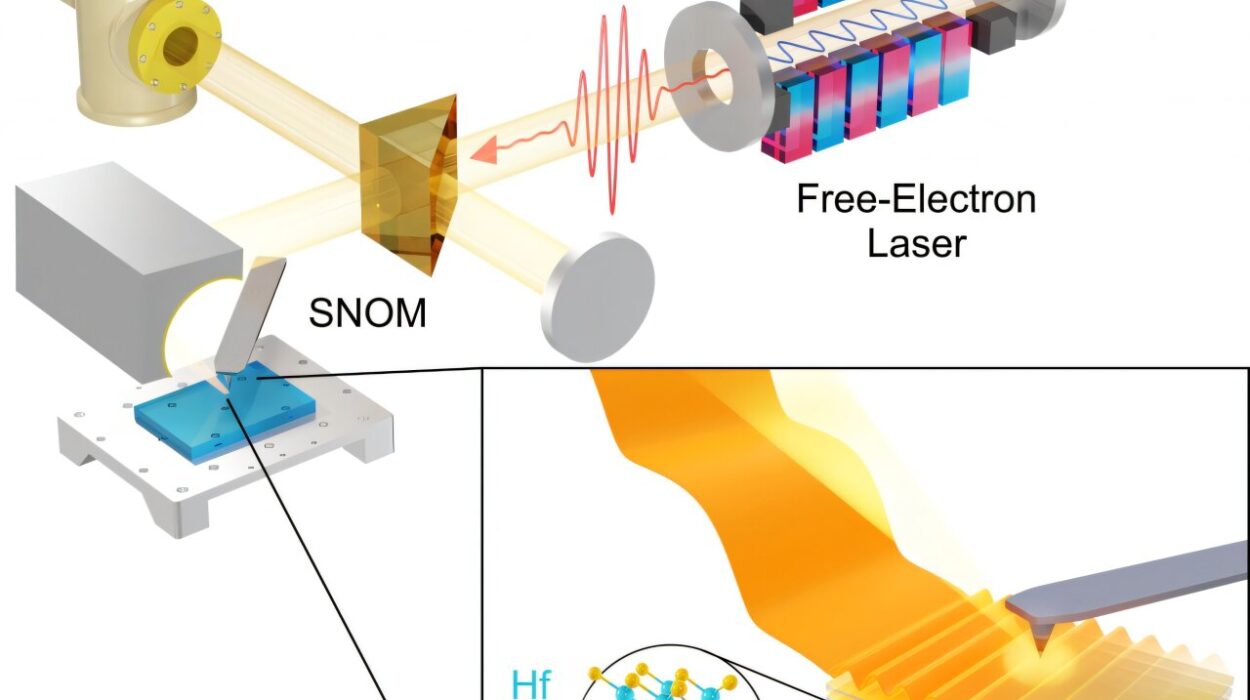In the world of particle physics, where forces are measured in whispers and particles reveal themselves only through the finest disturbances, a subtle shift in the energy of a calcium atom has made a resounding noise. Scientists in Germany and Switzerland have achieved the most precise measurements yet of isotope shifts in calcium ions—variations so minute, they could only be seen with tools capable of reading changes at the sub-Hertz level.
But this isn’t just a story of precision. It’s a story of possibility.
The results, published in Physical Review Letters, offer the strongest constraints yet on the existence of a Yukawa-type boson, a hypothetical particle tied to a possible fifth fundamental force of nature. Using an analytical technique known as the King plot, the international team has observed a nonlinearity so distinct, so unexpected, that it raises profound questions about what else might be out there—lurking beyond the confines of the Standard Model of particle physics.
Beyond the Standard Model
The Standard Model (SM) is the crown jewel of modern physics. It elegantly explains the behavior of all known particles and three of the four fundamental forces: electromagnetism, and the weak and strong nuclear forces. But for all its success, the SM is incomplete. It cannot account for dark matter, dark energy, or the asymmetry between matter and antimatter that left the universe as we know it.
So physicists have turned to clever experiments—like isotope shift spectroscopy—to search for the faint fingerprints of something more.
Isotope shifts occur when atoms of the same element but with different numbers of neutrons exhibit slightly different energy levels. These shifts are influenced by both the mass and charge distribution of the nucleus. The King plot, a graphical method dating back decades, plots these shifts from two different transitions against one another. If the universe behaved exactly as predicted by the Standard Model, the result would always be a perfect straight line.
But what if the line wobbles?
A New Line Emerges
That’s what caught the attention of Dr. Piet O. Schmidt and his team at Germany’s Physikalisch-Technische Bundesanstalt, along with collaborators from ETH Zurich and the Max Planck Institute for Nuclear Physics. Their mission was to push isotope shift spectroscopy into a realm of unprecedented sensitivity—reaching down to 100 millihertz (mHz), a thousand times finer than previous attempts.
The researchers focused on different charge states of calcium—specifically Ca⁺ and Ca¹⁴⁺ ions—and used quantum logic spectroscopy to precisely measure how energy levels in these isotopes shifted across narrow atomic transitions. Simultaneously, a team at ETH Zurich led by Diana Aude Craik was performing independent but complementary measurements of isotope shifts in Ca⁺, aiming to improve the precision of calcium’s clock transition, a critical benchmark for atomic clocks.
“We performed a direct, differential measurement of the isotope shift, eliminating the main sources of experimental noise,” explained Luca Huber, a graduate student at ETH and co-author of the study. “That allowed us to improve the measurement precision by two orders of magnitude.”
What they found stunned them.
“For the first time, a nonlinearity was clearly seen in a calcium King plot,” said Craik. “This deviation was more than 1000 standard deviations away from what the Standard Model predicts.”
Cracks in the Mirror—or Hidden Layers?
This bending of the King plot’s straight line has two possible explanations. One possibility is exhilarating: it may hint at a new fundamental interaction, something beyond the four known forces of gravity, electromagnetism, and the strong and weak nuclear interactions. The Yukawa-type boson, a theoretical particle that could mediate this fifth force, has long been proposed but never directly observed.
But scientists are cautious. Another, more conservative explanation could be a long-overlooked nuclear effect. According to Dr. Elina Fuchs of Leibniz University Hannover, who led the theoretical analysis of the data, the observed deviation may stem from nuclear polarizability—the subtle distortion of the nucleus when influenced by surrounding electromagnetic fields.
“Nuclear polarizability currently can’t be calculated with the precision we need,” Fuchs explained. “But its magnitude might be enough to explain the nonlinearity we’ve observed.”
Peeling Back the Layers
To isolate what’s happening, the team took a key step: adding a third transition to the King plot. This approach, akin to looking at a three-dimensional version of the problem, allowed them to further disentangle Standard Model contributions from any potential new physics.
By combining three transitions—one in Ca⁺, another in Ca¹⁴⁺, and a third measured by earlier studies at slightly lower precision—the researchers could eliminate certain known effects and zoom in on the remaining discrepancy. This triangulation produced the most stringent King plot-based constraint yet on a fifth force that would couple electrons to neutrons.
“The larger the deviation, the tighter the noose on new physics,” said Schmidt. “It’s not proof of a fifth force, but it does significantly narrow the space in which one might exist.”
The Road Ahead
The next step is to go even deeper. Craik and her colleagues at ETH are now working to re-measure the third transition, aiming for a record-breaking 10 mHz precision. If successful, their results could answer one of the study’s lingering questions: can the nuclear polarizability effect be experimentally subtracted, or “factored out,” through careful experimental design?
“If we can eliminate nuclear polarizability as a confounding factor,” Craik said, “then we’ll have a clean window into physics beyond the Standard Model. We’d no longer be limited by our inability to model the nucleus—we could just let the data speak.”
That data could carry profound implications. It could hint at how dark matter interacts with ordinary matter. It could reveal new long-range forces that subtly shape atomic structure. Or it might simply affirm the elegance of the Standard Model by showing that even its smallest imperfections have known causes.
Either way, the experiment stands as a triumph of ingenuity and cooperation. It brought together researchers from nuclear physics, atomic theory, quantum optics, and precision metrology, all working in tandem to peer into the fine grain of nature itself.
A Whisper from the Unknown
In a universe filled with cataclysms and chaos, it is sometimes the quietest signals that speak the loudest. A shift measured in fractions of a hertz, a line that bends by a hair’s breadth—these are not the dramatic flashes of colliding galaxies or roaring black holes. But they might hold the answers to why the universe exists the way it does, and whether there’s more to the cosmic script than we’ve yet read.
With every atom cooled, every laser locked, and every transition measured, physicists edge closer to the edge of known reality—and prepare to step beyond it.
Reference: Alexander Wilzewski et al, Nonlinear Calcium King Plot Constrains New Bosons and Nuclear Properties, Physical Review Letters (2025). DOI: 10.1103/PhysRevLett.134.233002.
